I have an @Service class which contains a List of other @Service classes. That List basically contains all the services which implements UniformEventsResearchApi.
Being a rookie with Spring, I'm not sure how I can get Spring to allow me to follow the Open-Closed Principle and thus having that list automagically injected with all of the concrete implementations.
Here is an incomplete UML class diagram:
And here is some "code":
@Service
public class EventsResearchService {
// todo: this should be Injected automatically
private List<UniformEventsResearchApi> eventsResearchApis = Arrays.asList(new EventbriteApi());
// Already tried, but without success:
//
// @Autowired
// private List<UniformEventsResearchApi> eventsResearchApis2;
//
// @Autowired
// @Qualifier("EventsResearchApi")
// public void setXList(List<UniformEventsResearchApi> apis) {
// this.eventsResearchApis2 = apis;
// }
}
@Service
@Qualifier("EventsResearchApi")
public interface UniformEventsResearchApi { /* ... */ }
public abstract class EventsResearchApi implements UniformEventsResearchApi { /* ... */ }
/** Any class like this one which extends EventsResearchApi should be automatically injected in the List */
public class EventbriteApi extends EventsResearchApi { /* ... */ }
